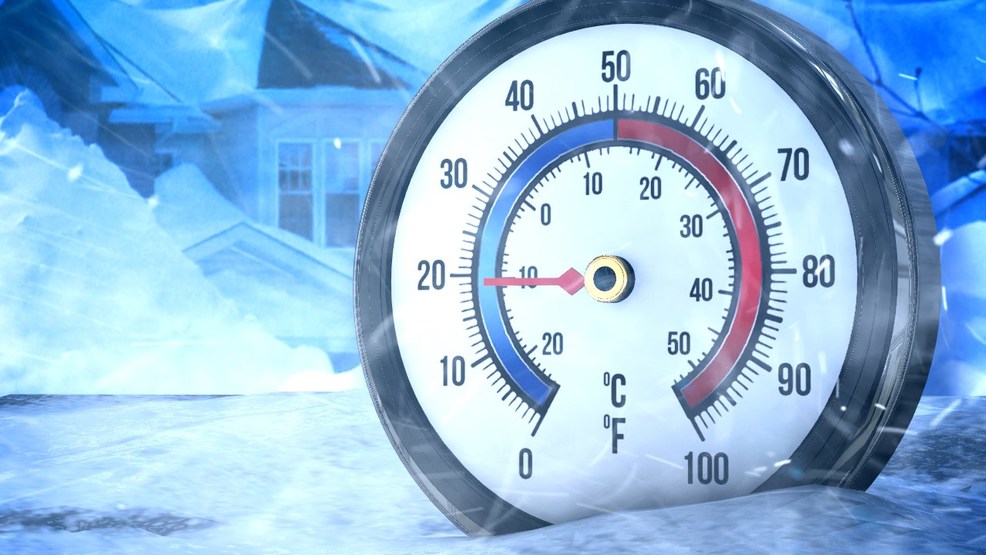


The output will be stored in a number field. Where 25 is degrees, 35 is minutes, and 22.3 is seconds. (4 minutes - 1 minute 3 minutes) Increase the number of seconds by 60. If the number of minutes being subtracted is larger than the number of minutes given to subtract from you will need to convert a degree into 60 minutes and add these 60 minutes to the minutes being subtracted from. For example, the data would be stored as: 25 35 22.3 Subtract 1 from the original number of minutes. It is assumed that the degrees, minutes, and seconds are stored as a string (text), with spaces between the numbers and no symbols.
#DEGREES MINUS MINUTES CODE#
The code is in VBScript but is easily converted to other programming languages. One degree () is equal to 60 minutes (') and equal to 3600 seconds ('): 1 60' 3600' The integer degrees (d) are equal to the integer part of the decimal degrees (dd): d integer(dd) The minutes (m) are equal to the integer part of the decimal degrees (dd) minus integer degrees.
#DEGREES MINUS MINUTES HOW TO#
In the instructions below, you will convert one field in a table of latitude or longitude values in degrees, minutes, and seconds to decimal degrees using the Field Calculator. How to convert decimal degrees to degrees,minutes,seconds.

Here's one way: DD = - (Seconds/3600) - (Minutes/60) + Degrees The conversion must be handled differently if the degrees value is negative. The following is the simple equation to convert degrees, minutes, and seconds into decimal degrees: DD = (Seconds/3600) + (Minutes/60) + Degrees Converting degrees-minutes-seconds values to decimal degree values


 0 kommentar(er)
0 kommentar(er)
